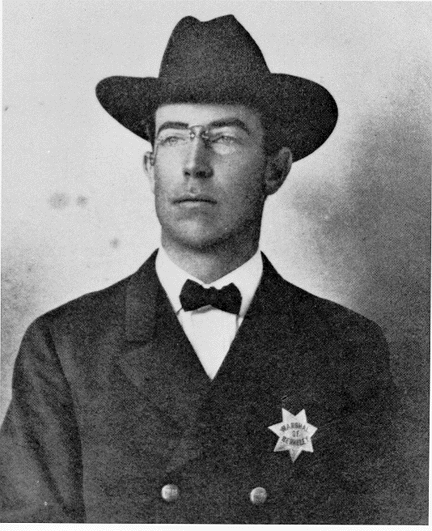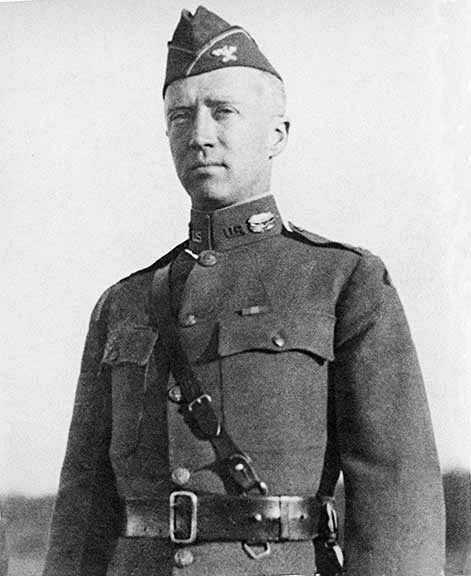One may suppose that charismatic leadership is more effective then other forms of leadership. Indeed, the word charisma is connotative that someone who has it has the respect and admiration of those around him. Yukl defines charismatic leadership in terms of “follower perceptions that the leader is endowed with exceptional qualities” (2012, p. 310). However, those that study leadership, particularly those that understand that effective leadership depends on adapting to the situation, can tell you that charismatic leadership can be, but is not always, more effective then other forms of leadership.
There are several drawbacks to charismatic leadership that can hinder effective operations of an organization. One common theme amongst these hindrances is that good suggestions and effective criticism of operations is curtailed by “awe” of the leader. Another theme is that overconfidence in the leader can lead to delusions of infallibility and denial of failure. A third theme developed through these hindrances is the failure to create successive leadership (Yukl, 2012, p. 319). Charismatic leaders are also susceptible to narcissism and it's flaws such as “arrogance, self-absorption, entitlement, fragile self-esteem, and hostility”(Rosenthal & Pittinsky, 2006, abstract). Finally, charismatic leaders often gain leadership status by promising to deliver a “vision” to followers, but often deliver empty dreams while misusing their power (Yukl, 2012, p. 321).
Due to these flaws, charismatic leaders are very often detrimental to the organizations they lead; history has seen Hitler take Germany to a bombed out wreck, Castro lead Cuba to a state in which major portions of the workforce are comprised of being “neighborhood snitches” for men and prostitution for women, and finally, Obama drags the Democrat party to historical losses in Congress.
A major cause for this ineffective leadership ties in with a failure to develop successive leadership. There are just not quality followers amongst those whose leadership is based on charisma alone; “Followers who lack a clear self-identity and are confused and anxious about their lives are more attracted to a strong leader with a personalized power orientation who can provide a clear social identity for them as disciples or loyal supporters” (Yukl, 2012, p. 318). Can charismatic leaders improve their overall leadership skills? The good news is that leadership skills are trainable; “some people are born with propensities towards charisma (i.e . extraversion, emotional expressiveness) there is also a strong social skill component that can be developed with training” (Nodarse, 2009, p. 105).
How does this tie in with military and law enforcement leadership? We will examine three leaders in these fields and see whether or not charismatic leadership can wholly be used to describe their leadership patterns. There are other leadership styles which can also be used to describe these leaders' patterns; “conceptual ambiguity and inconsistent definitions make it difficult to compare transformational and charismatic leadership”(Yukl, 2012, p. 329).

J. Edgar Hoover led the FBI from a understaffed, backbench agency stuffed with “hacks and “misfits”( Gentry, 1991, p.29) to one of the most respected law enforcement agencies in the world. Although Hoover possessed some traits that Yukl associates with charismatic leadership, such as “novel vision” and “self-sacrifice”(2012, p.311), Hoover's leadership style should be looked at more in terms of transformational leadership. Yukl contends that “transforming leadership appeals to the moral values of followers in an attempt to raise their consciousness about ethical issues and to mobilize their energy and resources to reform institutions (2012, p.321). Even so, transformational leadership can not be used to fully describe Hoover's style, either. Hoover lacked what Yukl lists as a characteristic of transformational leadership; “Express confidence in followers” (2012, p. 332). Although Hoover selected agents for education and appearance, his trust in them to do the job did not extend fully to decision-making responsibilities.

A law enforcement leader who can be described in both terms of charismatic or transformational leadership is August Vollmer. Vollmer got his start in law enforcement with a local act of heroism that resulted in his election as a City Marshal. Such acts of heroism are readily accepted as characteristics of “exceptional quality”. Even so, Vollmer demonstrated other leadership qualities and skills that led to the reform of American law enforcement, in particular the education of policemen. In Vollmer's words, "The policeman's job is the highest calling in the world. The men who do that job should be the finest men. They should be the best educated”(Bennett, 2010, para. 5). In contrast to Hoover, Vollmer did show “express confidence in followers” by hosting “Friday crab club” meetings (Kelling & Wycoff, 2001, p.2) for the purposes of consulting with his officers.

George Patton demonstrates an example of charismatic leadership within the military, but charismatic leadership that was based on other factors such as competence. Like Vollmer, Patton displayed the “exceptional quality” of heroism early in his career by conducting “daring raids on the enemy” (South University Online, 2014, para. 1) during the Mexican incursion in pursuit of Pancho Villa. Patton displayed several traits associated with charismatic leadership such as, especially with the trait of unconventional behavior (Yukl, 2012, p. 312). Yet Patton was not ultimately a failure as many charismatic leaders are; he held “expertise” in his profession, and had the trait of integrity. However, Patton may not be a suitable role model for law enforcement purposes. Patton, as a strict disciplinarian, would run into conflict with police union organizations. Policemen are not soldiers (even if they serve the common goal of protecting the country and it's people). In addition, there are multiple stakeholders in police operations, while military commanders typically have less such interference, and usually have the Executive branch as a partial buffer between political acts and duty.
One could make the argument that any type of charismatic leadership is not suitable for law enforcement organizations, considering the risk of overconfident failure and narcissistic denial of such failure. However, contingency theory, in particular, the LPC Contingency Model, stresses that effective leadership is based upon dealing with a situation on the merits of that specific situation and the variables that make it different from other situations; there is no one-size-fits-all perfect model of leadership. If a confident, competent, ethical leader inspires awe in his men, and uses that awe for more effective use of inspirational appeal, personal appeal, or Ingratiation approaches to get the job done, then that is correct for that situation. It must be stressed that other qualities of leadership such as competence and integrity are present in the leader. In law enforcement, operations must be carried out within the parameters of law, regulation, and policy that are subject to public accountability. Dur to this consideration of the LPC model, it should not be contended that any one style of leadership is “best” for law enforcement...or for any other endeavor.
References
Bennett, C. (2010, May 27). Legendary lawman August Vollmer. Officer.com. Retrieved November 15, 2014 from http://www.officer.com/article/10232661/legendary-lawman-august-vollmer
Gentry, C. (1991). J. Edgar Hoover: The man and his secrets. New York. W W Norton & Company
Kelling, G. And Wycoff, M. (2001). Evolving strategy of policing: Case studies of
strategic change. Department of Justice. Retrieved November 15, 2014 from https://www.ncjrs.gov/pdffiles1/nij/grants/198029.pdf
Nodarse, B. C. (2009). A nonverbal approach to charismatic leadership training (Order No. 3384925). Available from ProQuest Dissertations & Theses Full Text; ProQuest Dissertations & Theses Global. (304850609). Retrieved November 30, 2014 from http://search.proquest.com/docview/304850609?accountid=87314
Rosenthal, S. A., & Pittinsky, T. L. (2006). Narcissistic leadership. The Leadership Quarterly, 17(6), 617–633. doi:10.1016/j.leaqua.2006.10.005
South University Online. (2014). MCJ6405 :Organizational Leadership: Case Study—General George S. Patton (2 of 5). Retrieved November 30, 2014 from myeclassonline.com
Yukl, G. A. (2012). Leadership in Organizations, 8th Edition. [VitalSource Bookshelf version]. Retrieved November 27, 2014 from http://digitalbookshelf.southuniversity.edu/books/9781256650225
Hi! I am a content-detection robot. I found similar content that readers might be interested in:
http://gradschoolfool.blogspot.com/2015/05/charismatic-leadership-in-law.html
Downvoting a post can decrease pending rewards and make it less visible. Common reasons:
Submit
Oops. Didn't link back to my original work at that URL.
This is my own work;
http://gradschoolfool.blogspot.com/2016/10/steemit-verification.html
Downvoting a post can decrease pending rewards and make it less visible. Common reasons:
Submit
Very interesting and good explanation to charismatic leaders...
Downvoting a post can decrease pending rewards and make it less visible. Common reasons:
Submit